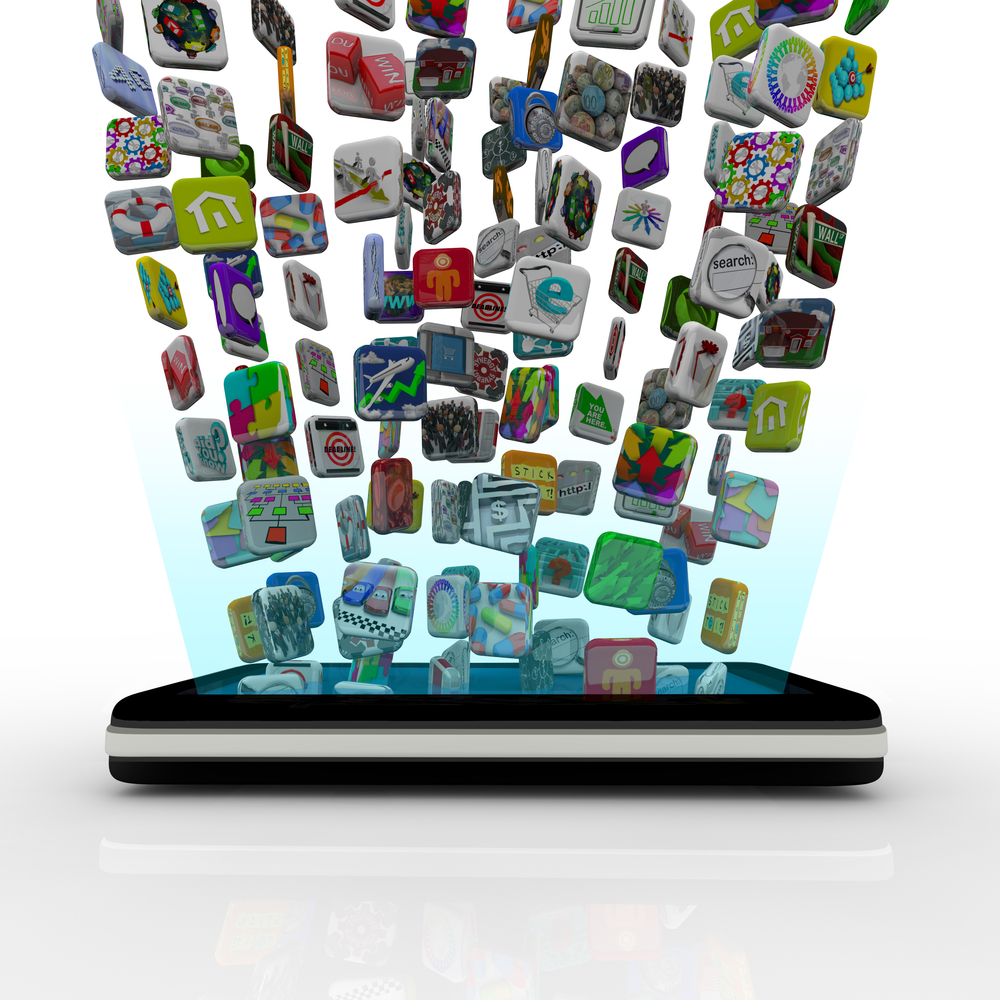It all started with enterprise apps that had to be made available on employees’ mobile devices. Initially, employees installed enterprise apps by handing over the devices to IT.
Soon, apps were available via email links that could be accessed within an authorised environment, and eventually enterprise app stores started gaining attention as an easy and convenient method for distributing apps.
Gartner predicts that by 2017 25% of enterprises will have an enterprise app store for managing corporate-sanctioned apps on PCs and mobile devices.
It has become apparent that enterprises are moving towards app stores, but the real question is how will app stores evolve?
Beyond BYOD
To a large extent, the enterprise app store was an extension of consumerisation of IT and the BYOD movement.
Although IT departments initially struggled to keep up with the winds of change, most of them got used to the new world of ‘consumerised’ IT.
Some IT departments, which realised the intrinsic value of the cultural shift towards self-service, even started to consider it as a blessing than an impediment.
The evolution of almost every technology has been broadly inspired by improved user experience and improved efficacy in terms of time, cost or both.
Viewing through the same lens of evolution, enterprise app stores are expected to evolve five different ways, according to Ansar Kassim, Director of Technology, Virtusa:
1) Beyond apps
The enterprise app store will morph itself from an app store to an enterprise store that will be a one-stop shop for native apps, web apps and content. These enterprise stores will become the launching pad for employee applications like time tracking, leave, expense management and much more. Curated content available via enterprise stores will blur the lines between mobile content management (MCM) and mobile apps management (MAM). Google Play Store is a great example of a consumer-facing store that hosts both apps and content.
2) Beyond mobile devices
Mobile devices are simply smaller computers. If employees can access corporate apps on personal devices with device authentication, there is no reason why BYOD style authentication cannot expand to laptop computers and hybrid devices. When mobile devices and tablets are secured using mobile device management (MDM) and mobile app management technologies that embrace user experience, why should employees have to use authorisation tokens and machine level VPN connections to access the same application variants on their computers? With such a shift in sight, there is also no reason why software for laptops cannot be distributed through enterprise app stores similar to how Mac apps are distributed on Mac App Store for consumers. With the influence of the BYOD movement, IT is already investing (or has invested) in the ecosystem for an enterprise app store. The next logical step for enterprise app stores is to go beyond mobile and tablet devices.
3) White-labeled cloud based app stores
Enterprises that do not wish to integrate enterprise stores with rest of the IT suite will start leveraging cloud based white-labeled app stores. Private AppExchange by Salesforce and AppDirect are great examples. However, IT will still need to do some work integrating these white-labeled app stores with identity management and access management. As these products evolve, successful vendors will build ‘out of the box’ integrations with all major identity management systems, paving the way for rapid adoption of enterprise app stores.
>See also: Mobile business apps market to reach $53bn in 2017 – Strategy Analytics
4)Convergence of software procurement
Today, software procurement in enterprises typically starts with a request for software created by the employee. This request then goes through an approval workflow in one or more departments where the request is reviewed for cost, security, policy validations, etc.; finally the app gets distributed to the employee. With the advent of enterprise stores, employees will have the ability to request software from the store and download it from the same place once the request is approved. Today, by using some of the matured enterprise mobility products, IT can already use MAM solutions to configure what user groups gets what apps, and to push apps to approved devices. The next generation enterprise app stores will have the ability to generate an integrated analytics funnel that starts from who installed the apps and how often, and a frequency distribution of which segment of employees use what apps. Such integrated analytics will help IT to monitor license usage and reallocate unused software licenses, leading to considerable cost savings on software license fees. Further, such integrated analytics lay the foundation of personalised enterprise store.
5) Enterprise app stores going Millennial
Unlike Baby Boomers and Generation X, the Millennial generations generally carry intense interest in new communications technologies such as social networking and instant messaging. They are steeped in mobile technology and mostly like to be self-serviced. The employee mix of organisations is already changing with more Millennials being added to the mix. Social has changed the way consumers purchase products and services and so it will change the way a Millennial employee looks for software. Enterprises with systems tuned towards Millennial behaviour will be in a better position to retain and compete for talent in the market. Along the same lines, enterprise app stores will become multichannel, context-aware and socially integrated. App stores will be able to personalise and make smart recommendations for apps based on analytics and user profile.
It is not a question of adoption any more. With the rate of mobility and BYOD adoption, organisations have no other way than adopting some form of enterprise app store. The question is, how will enterprise app stores transform into a platform that integrates into the enterprise IT suite for employee mobility, far beyond apps and mobile devices.










